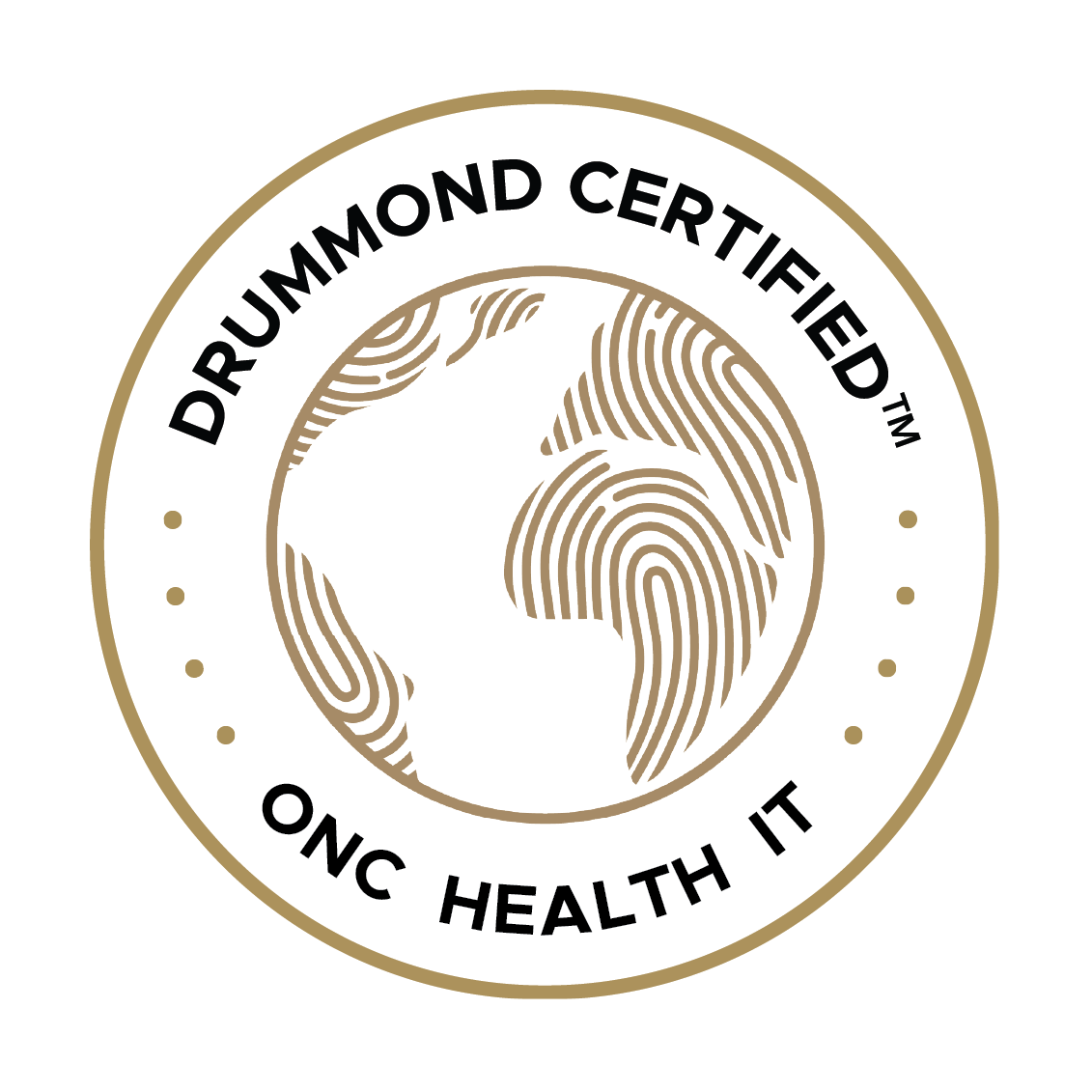In the dynamic realm of outpatient care, healthcare providers frequently encounter the need to exchange crucial patient information and records with fellow medical professionals. Such a demand underscores the importance of seamless and efficient communication among all parties to ensure an optimal healthcare experience for patients.
Electronic Health Record (EHR) software facilitates this communication, but ensuring interoperability can sometimes be challenging.
To help ease the burden and ensure that outpatient care providers find a solution that properly addresses their communication needs, we’ve put together these 7 simple tips for maximizing interoperability in EHR software.
7 Tips for Interoperability in EHR Software for Outpatient Care
1. Choose an EHR System with Interoperability Capabilities
When selecting an EHR system for your outpatient care practice, choosing one that offers robust interoperability capabilities is essential. Look for software that adheres to industry standards, such as HL7 (Health Level Seven) or FHIR (Fast Healthcare Interoperability Resources). These standards ensure seamless integration and data exchange between different healthcare systems.
HL7 Explained
HL7, or Health Level Seven, is a set of international standards that facilitate electronic health information exchange. It provides a framework for the structure and format of healthcare data, enabling seamless communication and interoperability between different healthcare systems.
HL7 promotes consistent and accurate data interpretation, allowing healthcare entities to share patient information and streamline processes. It covers various healthcare functions, from patient registration to clinical documentation and public health reporting.
By adhering to HL7 standards, healthcare organizations can achieve efficient information exchange and improve patient care.
FHIR Explained
Fast Healthcare Interoperability Resources (FHIR) is a modern standard for exchanging healthcare information electronically. It utilizes web technologies and modular resources to promote interoperability and streamline data sharing between healthcare systems. FHIR’s focus on simplicity and ease of implementation enables efficient information exchange and fosters innovation in the healthcare industry.
2. Implement Data Standardization
Data standardization is a critical aspect of achieving interoperability in EHR software. Ensure that your system follows standardized coding and terminology, such as SNOMED CT or LOINC, for consistency and accurate information exchange.
This practice enables healthcare providers to understand and interpret patient data correctly, regardless of the EHR software they are using.
3. Embrace Health Information Exchange (HIE)
Health Information Exchange (HIE) allows the secure sharing of patient data across healthcare organizations and EHR systems. By participating in HIE networks, outpatient care providers can access comprehensive patient records, including medical history, medications, allergies, and more. Collaborating with HIE networks enhances care coordination, reduces redundant tests, and improves patient outcomes.
HIE allows the secure sharing of vital medical information among healthcare providers and patients, not only improving care quality but reducing costs. By replacing paper-based records with more efficient electronic transfers, healthcare providers can make more informed decisions and potentially avoid readmissions, errors, and duplicate testing.
Transitioning to electronic HIE offers standardized data integration into EHRs and supports three forms of exchange: Directed, Query-based, and Consumer Mediated. HIE is readily available and facilitates seamless information exchange, allowing healthcare providers to access data from multiple sources quickly with a single query. Additionally, electronic HIE offers improved security protocols that ensure the privacy of sensitive patient information and reduced errors caused by manual entry.
4. Prioritize Data Security and Privacy
When considering EHR software interoperability, prioritize patient data security and privacy. Choose an EHR system with robust security measures, including encryption, access controls, authentication, authorization, and audit logs.
Compliance with privacy regulations like HIPAA is crucial for secure data exchange. By implementing these measures, healthcare providers can achieve interoperability without compromising data security, ensuring trust and confidence from providers and patients alike.
5. Train Staff on Interoperability Best Practices
Investing in comprehensive staff training is central to harnessing the advantages of EHR interoperability.
Educate your team about the significance of interoperability, efficient EHR system navigation, and best data exchange practices.
By highlighting the importance of accurate data entry, you can foster a culture of precision among staff members, ensuring consistent and comprehensive documentation of patient information. Equipping your staff with the necessary knowledge and skills will empower them to utilize the EHR system effectively, maximize interoperability, and ultimately deliver enhanced patient care.
6. Engage in Open Communication with EHR Vendors
To reach interoperability targets, you must maintain open communication with your EHR software vendor.
By discussing your specific needs and staying informed about updates, you can address challenges, ensure system compliance and standards, and enhance interoperability. Regular communication provides access to training and support, optimizing workflows and troubleshooting issues.
Because outpatient care is not a static landscape, ongoing vendor engagement helps you explore opportunities for enhancing interoperability and delivering better patient care.
7. Participate in EHR Interoperability Initiatives
Consider participating in EHR interoperability initiatives and organizations to drive the industry toward better interoperability.
These forums provide opportunities to share experiences, learn from industry experts, and influence the development of interoperability standards.
Participating in EHR interoperability initiatives allows you to learn from others who have faced similar challenges and have successfully implemented interoperable solutions. Sharing your experiences can provide valuable insights to the community and help others overcome obstacles on their interoperability journey. Active involvement in such initiatives helps shape the future of EHR interoperability and ensures your voice is heard.
Level Up Your Interoperability With Advanced EHR Software
In outpatient care, seamless communication and information exchange are paramount. Interoperability in EHR software plays a vital role in allowing medical providers to collaborate effectively and provide optimal patient care. By following the seven simple tips discussed in this above, you can maximize the interoperability of your EHR system and unlock its full potential.
GEMMS ONE EHR prioritizes interoperability, offering a comprehensive EHR platform for outpatient cardiology care.
The ability to easily communicate and receive clinical and financial data will take your practice to the next level. Not only does GEMMS ONE enable necessary communication, it includes a range of features and services that can create efficiencies and back-of-office solutions that allow you to focus on what you do best—treating patients.
To learn more about how GEMMS ONE can support your practice, contact us to schedule a demo.



